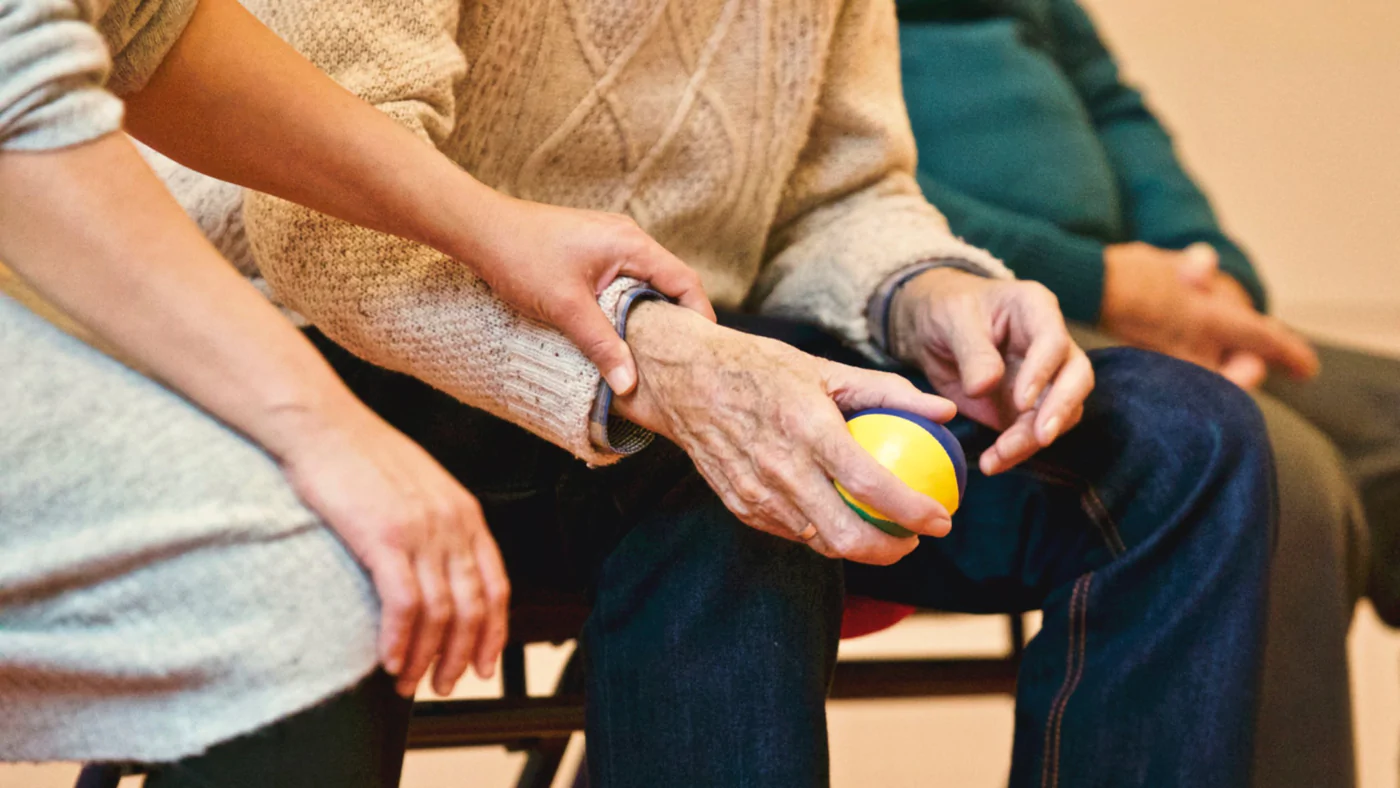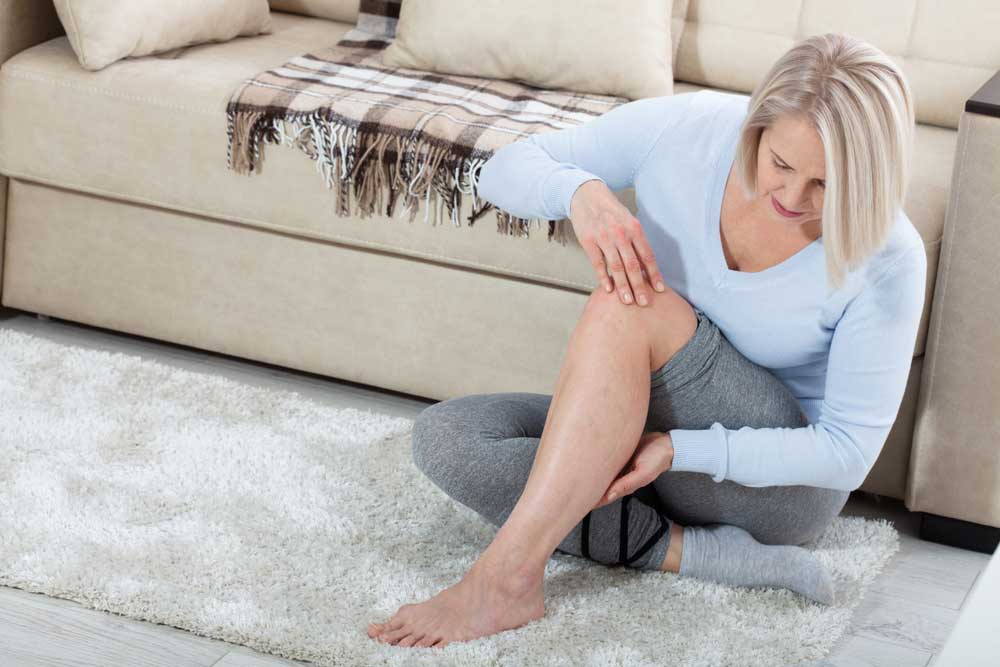Complex Regional Pain Syndrome (CRPS) is a broad term for excessive and persistent pain and inflammation following an arm or leg injury. There are acute (recent, short-lived) and chronic (lasting more than 6 months) forms of CRPS. CRPS was formerly known as reflex sympathetic dystrophy (RSD) and causalgia. People with CRPS experience various combinations of spontaneous pain or excessive pain that is much stronger than usual even after light touch. Other symptoms include a change in skin colour, temperature, or swelling of the arm or leg below the injury site. CRPS improves over time and eventually resolves in most people, but a rare, severe or persistent case can be severely debilitating.
Most CRPS disorders are caused by dysfunction of the peripheral C-fiber nerve fibers that carry pain signals to the brain. Some people have obvious nerve damage and others need a specialist to locate and treat the damage.
CRPS is more common in women, but can affect anyone around age 40 and can occur at any age. It is rare in the elderly, who have less inflammation after injury, and in young children, who heal very quickly and completely.

Complex regional pain syndrome is a condition caused by an injury or trauma to the body. It is common in people who have had fractures, strained muscles, sprains, or even limb amputations. This type of pain is localized and can be very severe. Patients with CRPS have a burning sensation in the affected area and experience severe, chronic pain that persists despite various treatments and therapies.
Visit Specialty Care Clinics and get treated by certified doctors. Our doctors are well-trained and experienced in the treatment of CRPS. We provide the best pain management services. Call us immediately at (469) 545-9983.
SYMPTOMS OF CRPS
Persistent, burning pain in the affected area is the primary symptom of CRPS. This kind of pain is often experienced with :
- Joint stiffness
- Sensitivity to touch
- Muscle spasms
- Warmth
- Swelling
- Changes in the skin tone and texture, including redness
- Fatigue, which affects the person’s ability to perform physical activities
- Complex regional pain syndrome

WHAT CAUSES CRPS
The exact cause of CRPS is unknown, but it is thought to be caused by injury or trauma that causes nerve damage. Also, people with certain medical conditions, such as diabetes and autoimmune diseases, are believed to be more susceptible to developing CRPS.
HOW IS CRPS DIAGNOSED?
A detailed examination by physicians such as neurologists, orthopaedic surgeons, and plastic surgeons who are familiar with the normal patterns of sensory nerve anatomy.
A three-phase bone scan (using dye) may show CRPS-related excessive bone resorption (the normal breakdown and absorption of bone tissue into the body) that can help in diagnosis and localization.
HOW TO TREAT CRPS
The goal of CRPS treatment is to relieve pain and discomfort while restoring a person’s functional capacity. The type of treatment depends on the severity of the symptoms and may include :
Medication :- Medications, such as opioids, can help reduce pain. However, it should be used only when needed and in combination with other treatments.
Physical therapy :- This is one of the most important treatments for CRPS and helps improve range of motion, strength and flexibility. It focuses on desensitizing the affected area to reduce pain and discomfort.
Bracing and splints :- These can also be used to immobilize affected limbs and body parts.
Nerve blocks or injections :- This is an effective way to reduce pain and inflammation.
Occupational therapy :- This helps with activities of daily living.
Psychological counselling :- Helps you cope with stress and manage symptoms.

THERAPY OPTIONS FOR CRPS
In addition to medication and physical therapy, there are several other treatments that can help relieve the symptoms of CRPS. These include
Acupuncture and yoga :- These both are ancient practices that help relax the body and release muscle tension.
Massage therapy :- This is another relaxation technique that also helps ease the pain associated with CRPS.
Cognitive behavioural therapy (CBT) :- CBT focuses on changing thought processes to reduce anxiety and stress.
Hypnosis and Relaxation Techniques :- Helping a person reach a state of deep relaxation
Biofeedback :- This form of psychotherapy uses technology to educate people on how to manage their bodily functions.
Visit Specialty Care Clinics for quality treatment of CRPS. Call us at 469-545-9983 for the best medical care.
